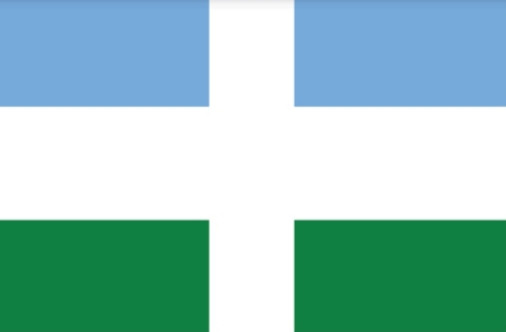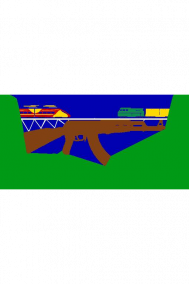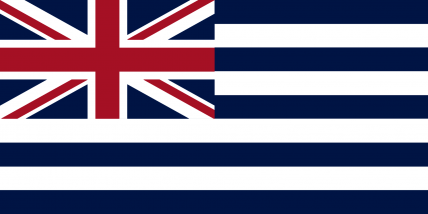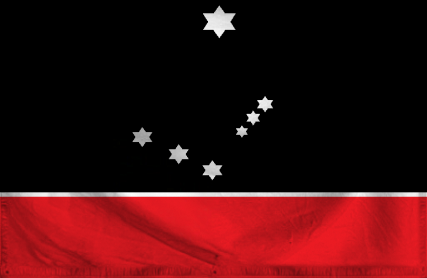Lionsroar wrote:The Daily Question Magazine Version #12 of 14.10.2022
Daily Question #12: Where am I?.
What is the capital of your country?.
What is its name? How old is it? Why is it the capital? Does it have any special features? What is the population living there like? Do we have any daily life there? What can you explore there?
Tell me something about your capital city!
The city of Strakin is only a decade old, with a population of roughly 6 million as of writing. While its relative youth translates to very few monuments, it has a few successful museums about the civil war in the "homeland", Koumpounophobia. The "MedeNews" newspaper is based here, mere blocks away from the Cabinet building. The Cabinet building itself is large, ominous, and dense. There are guided tours through it, but the guides must train for a year memorizing the layout before they can host the tour themselves.
The nation is most famous for its forests and beaches, but these are not in proximity to Strakin.
Daily life in the city tends to involve a lot of reading and writing, though that may change soon after the publishing industry just took a colossal hit.



















